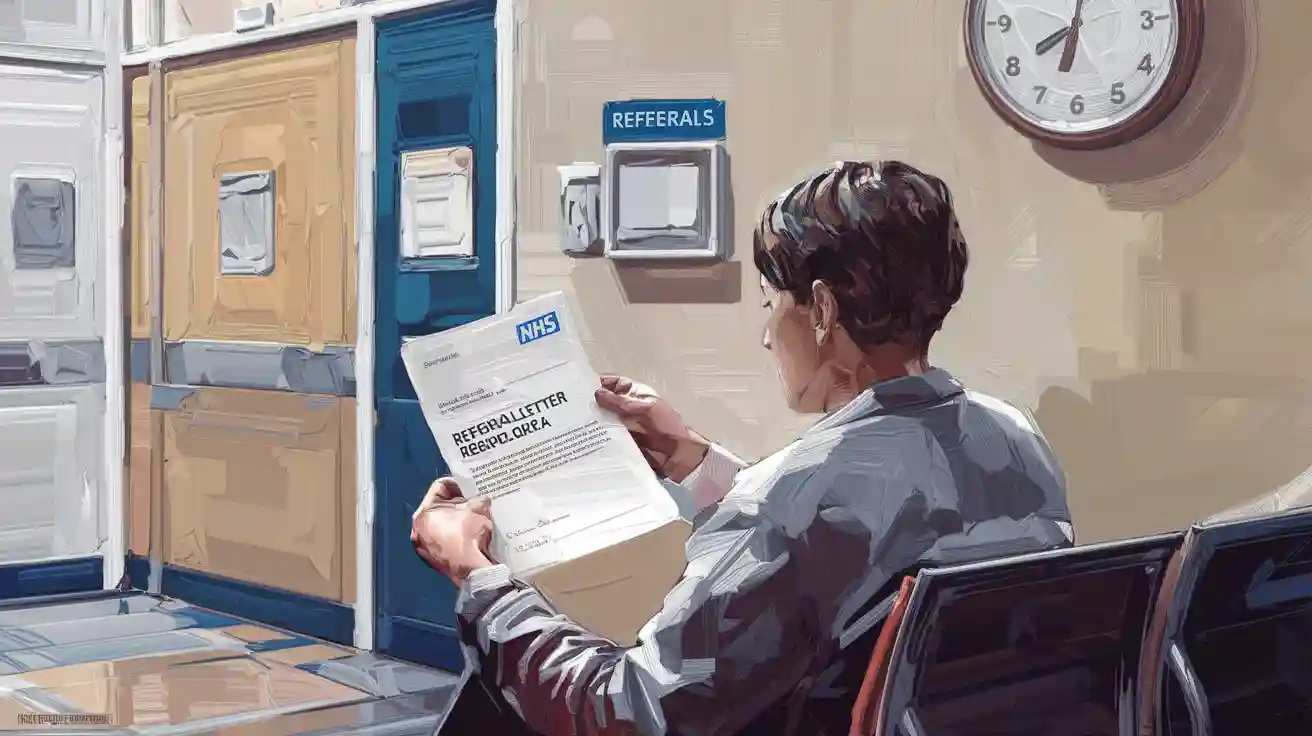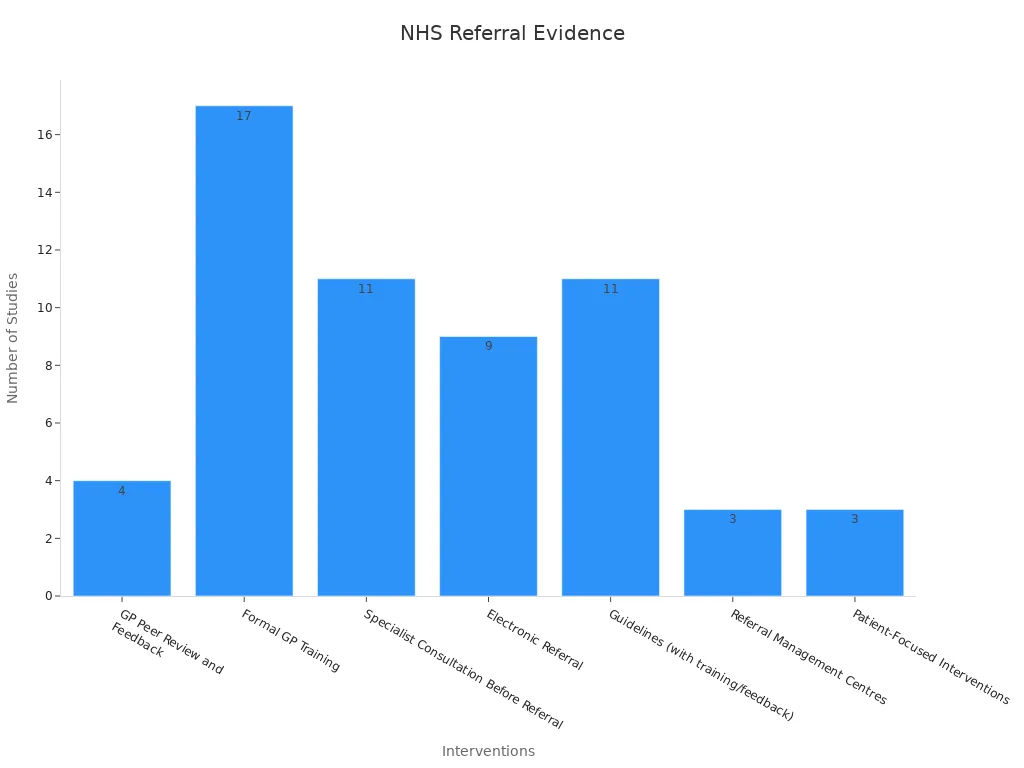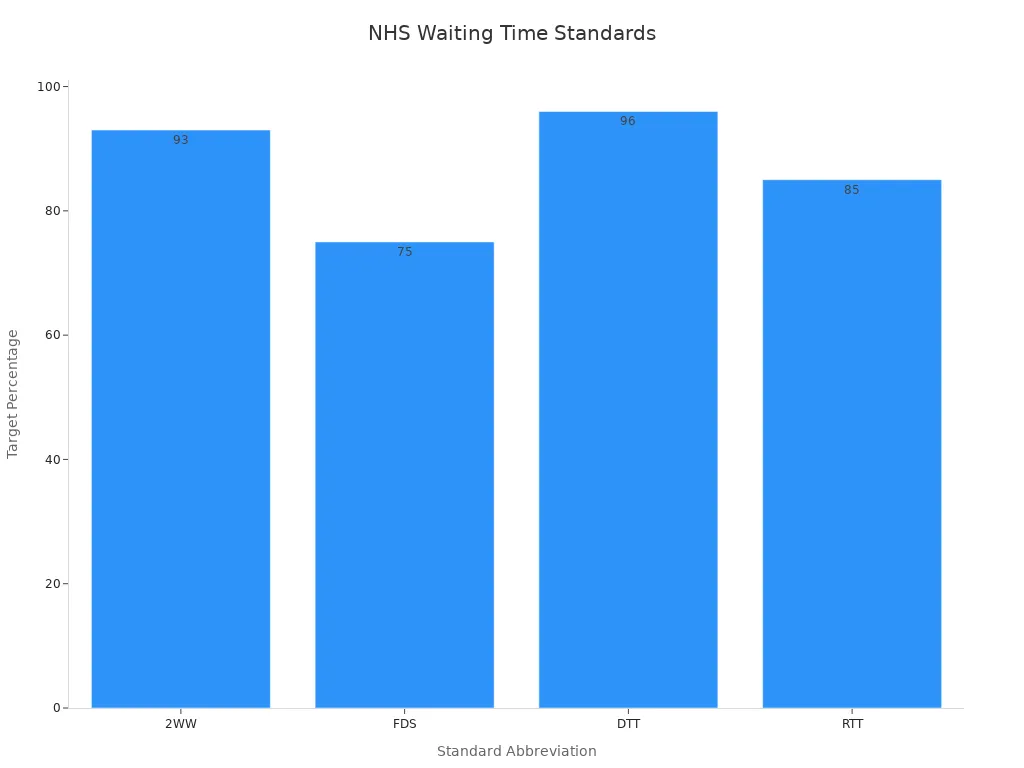How long does a doctor's referral take in the UK?

You might ask, how long does a doctors referral take? The NHS aims for a maximum of 18 weeks from gp referral to treatment. On average, routine referrals take 14 weeks, while urgent cases see you within 2 weeks. Your gp will decide if your doctor referral is urgent or routine.

NHS standards guide the process, but knowing your rights helps you manage waiting time and expectations.
Key Takeaways
Most patients wait up to 18 weeks from GP referral to treatment, with urgent cases seen within two weeks.
The NHS e-Referral Service speeds up appointments, reduces missed visits, and lets you choose your hospital online.
Waiting times vary by urgency, local resources, and demand, but you have rights to access your referral information and ask for updates.
How long does a doctor's referral take
GP referral process
You start the gp referral process by visiting your gp. Your gp listens to your concerns and decides if you need a doctor referral to a specialist. If your gp agrees, they send your referral through the nhs system. Most gp referrals use the nhs e-Referral Service, which helps speed up the process. The length of referral can depend on how urgent your case is. For urgent cases, you should get an appointment within two weeks. For routine cases, the average waiting time is about 14 weeks, but the nhs aims for a maximum of 18 weeks from referral to treatment. This is the answer to how long does a doctors referral take for most patients.
Tip: Always ask your gp how long should a gp referral take for your situation. This helps you know what to expect.
NHS e-Referral Service
The nhs e-Referral Service lets you and your gp choose your hospital or clinic and book your appointment online. This digital system has made the gp referral process faster and more reliable. The service now handles 400 web pages per second and serves 85,000 users. It has reduced referral processing time by 75% and cut missed appointments in half. These improvements mean you get access to specialist care more quickly and with less waiting.
Metric | Value |
|---|---|
Reduction in referral time | 75% |
Missed appointments | 50% less |
Annual nhs savings | £50.5 million |
Waiting times and NHS targets
You might wonder how long does a doctors referral take in real life. The nhs sets a specific timeframe: you should not wait more than 18 weeks for non-urgent gp referrals. For urgent referrals, such as suspected cancer, you should be seen within two weeks. Recent data shows the median referral to treatment time in England was about 10 weeks, but many patients still face longer waits due to high demand and staff shortages. The nhs continues to work towards meeting these targets, but waiting times can vary by location and specialty. If you wait longer than expected, contact your gp for advice.
What affects your doctor referral
Urgency and type of referral
The urgency and type of referral play a big role in how long you wait. If your gp marks your referral as urgent, you should see a specialist much faster. For example, the nhs sets a target for urgent cancer referrals, aiming for you to see a specialist within two weeks. However, recent studies show that only 85% of patients met this target in 2022/23, down from 96% in 2010/11. The 62-day standard for starting treatment after a gp referral has also dropped, with less than 70% of patients meeting it. Routine referrals, such as those for non-urgent conditions, often take longer. The type of treatment you need can also affect your waiting time, as some specialties have longer waiting lists than others.
Local demand and resources
Your waiting time can depend on where you live and the resources available in your nhs area. Some districts have short waiting lists, while others have thousands of patients waiting. Hospitals with more staff and better facilities can process referrals faster. In some places, up to 25% of hospital beds stay empty, while other areas struggle with high demand. The size of the local population also matters. For example:
Consultant surgeons may perform between 200 and 1000 operations each year, depending on the district.
Waiting lists for orthopaedic care can range from under 100 to over 4000 patients.
Some patients wait over a year for an outpatient appointment, and in rare cases, up to three years.
Most people still choose their local hospital, even if waiting lists are long.
Patient rights and delays
You have rights when it comes to your referral and medical records. Your gp must keep clear referral notes, including the date, your condition, and the reason for the referral. You can request a referral and ask for a copy of your referral notes at any time. If your referral is delayed or rejected, you have the right to know why. You can also access your health information, ask for corrections, and request that your data be deleted if it is no longer needed. If you feel your referral taking too long is affecting your health, you should speak up.
Patients can request access to their records within one month.
If your referral is rejected, your gp should explain the next steps.
What to do if waiting too long
If you feel your referral taking too long, you should contact your gp or the hospital. The nhs sets targets for waiting times, but sometimes these are not met. You can ask for updates or request to be seen at a different hospital if the waiting list is very long. The nhs tracks waiting lists and reports on how many patients meet the targets each month.

Tip: Keep a record of all your appointments and any contact with your gp or hospital. This helps if you need to raise a concern about your waiting time.
You usually wait up to 18 weeks for a GP referral, but urgent cases move faster. Many factors affect your wait, including GP workload, staffing, and local resources.
Electronic referrals help speed up the process.
Organisational and staffing issues still cause delays.
For more help, visit the NHS website or contact PALS for advice.
FAQ
How do you check the status of your NHS referral?
You can call your GP surgery or the hospital’s booking team.
Tip: Use your NHS e-Referral Service reference number for faster help.
Can you choose which hospital or specialist you see?
Yes, you can often choose your hospital or clinic using the NHS e-Referral Service.
Ask your GP for your options.
What should you do if you miss your referral appointment?
Contact the hospital or clinic as soon as possible.
😊 They can help you rebook your appointment quickly.
See Also
A Clear Overview Of The NHS Referral Process
Steps To Discover Your Position On NHS Waiting List
Complete Guide To Understanding NHS Waiting Periods

